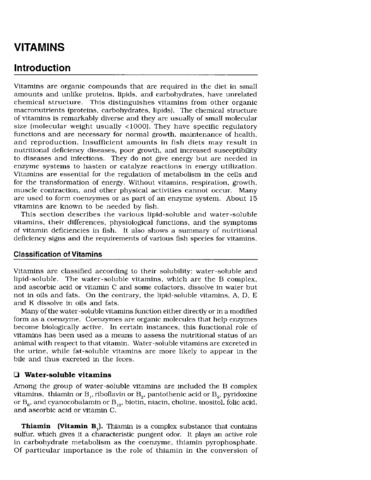Dietary vitamin C and E supplementation and reproduction of milkfish Chanos chanos Forsskal
- Global styles
- MLA
- Vancouver
- Elsevier - Harvard
- APA
- Help

View/Open
Date
2000Page views
4,190ASFA keyword
AGROVOC keyword
Taxonomic term
Metadata
Show full item recordCited times in Scopus
Share
Abstract
Milkfish Chanos chanos Forsskal broodstock (11 years old, average body weight 5.23–5.73 kg) reared in 10-m-diameter by 3-m-deep floating net cages (31–36 fish per cage) at SEAFDEC AQD's Igang Marine Substation in Guimaras Island, central Philippines, were fed daily at 3% of total body weight formulated diets (36% protein, 7–8% lipid) supplemented with 0.1% vitamin C, 0.05% vitamin E, both vitamin C and E or no vitamin supplementation (control) for 3 years. Reproductive performance was assessed in an attempt to determine the optimum nutrition for successful spawning of milkfish. The total egg production, mean number of eggs per spawning, number of spawns and mean egg diameter were not affected by dietary vitamin C and E supplementation. However, broodstock given dietary supplementation of vitamin C alone or in combination with vitamin E had a higher percentage of spawns with higher (> 90%) percentage egg viability, hatching and cumulative survival rate than those of the control. Broodstock given dietary vitamin E supplementation alone had few spawns, which made the results difficult to analyse. The results confirm the essentiality of vitamin C supplementation in producing more spawns with good egg and larval quality. The production of an adequate volume of good quality eggs and larvae to support hatchery operation is necessary to offset the huge investment in broodstock development, as it takes at least 5 years for milkfish to attain sexual maturation and spawning.
Suggested Citation
Emata, A. C., Borlongan, I. G., & Damaso, J. P. (2000). Dietary vitamin C and E supplementation and reproduction of milkfish Chanos chanos Forsskal. Aquaculture Research , 31(7), 557-564. https://doi.org/10.1046/j.1365-2109.2000.00467.x
Type
ArticleISSN
1365-2109Collections
- Journal Articles [1249]
Related items
Showing items related by title, author, creator and subject.
-
Milkfish, Chanos chanos
Lim, Chhorn; Borlongan, Ilda G.; Pascual, Felicitas P. (CAB International Publishing, 2002)This chapter reviews information on nutrient requirements, feeds and feeding practices of milkfish. -
Enrichment of live food with essential fatty acids and vitamin C: effects on milkfish (Chanos chanos) larval performance
Gapasin, R. S. J.; Bombeo, R.; Lavens, P.; Sorgeloos, P.; Nelis, H. (Elsevier, 1998)The effects of essential fatty acids (EFA) and vitamin C-enriched live food on growth, survival, resistance to salinity stress and incidence of deformity in milkfish larvae reared in tanks were investigated. Larvae were ... -
The essential nutrients: Vitamins
Millamena, Oseni M. (Aquaculture Department, Southeast Asian Fisheries Development Center, 2002)This section describes the various lipid-soluble and water-soluble vitamins, their differences, physiological functions, and the symptoms of vitamin deficiencies in fish. It also shows a summary of nutritional deficiency ...





